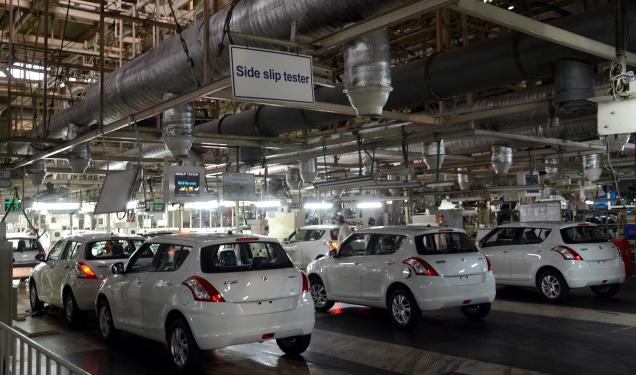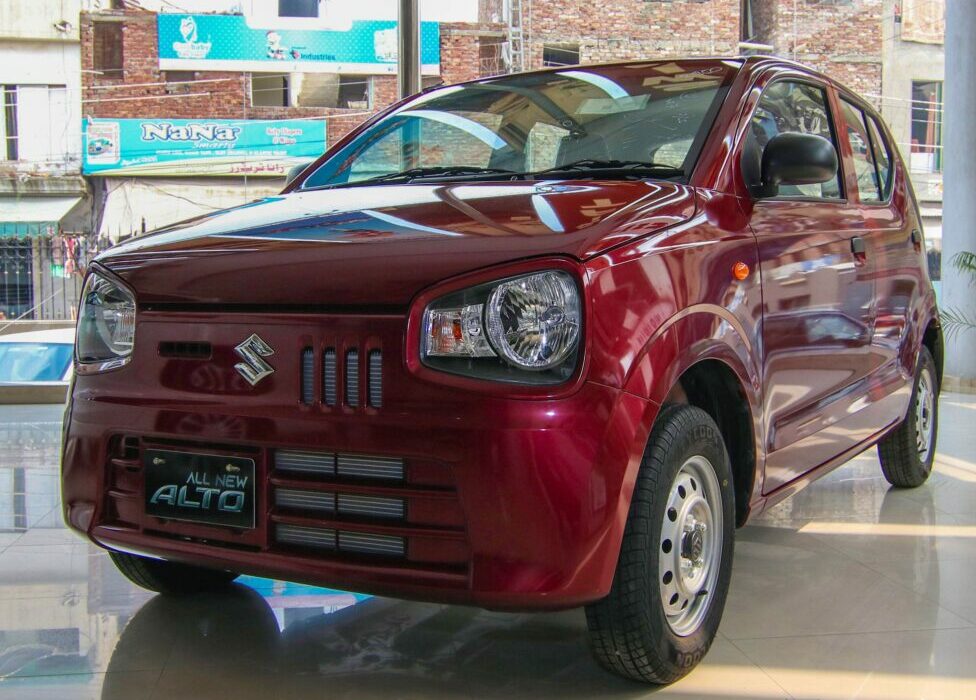The strong double-digit ride is set to make India a bigger market for Suzuki Motor Corporation (SMC) in value than Japan, its home market. SMC’s Indian subsidiary, Maruti Suzuki, already sells more vehicles than SMC in Japan, and enjoys a greater market capitalization over its parent. SMC is faced with a declining market in Japan, whereas its Indian subsidiary is seeing a capacity constraint, leading to a waiting period of several months for some of its best-selling models.
Related: Toyota Suzuki Alliance and Their Struggle in China
On overtaking SMC’s Japan revenue in the near future, Maruti Suzuki chairman R C Bhargava said, “This is not something that will come as a surprise to us. The home market of Suzuki (Japan) is stagnant. Our numbers will continue to grow faster.”

In the first quarter of the current financial year, SMC’s Japan revenue grew by a mere 1.1 per cent to 250 billion yen. This translates to Rs 15,625 crore. Maruti Suzuki’s net sales in the same quarter rose 12 per cent to Rs 14,654 crore. If we include the quarterly two-wheeler revenue of Rs 500 crore (approximately), the India revenue exceeds Rs 15,000 crore in Q1.

While SMC is yet to announce its Q2 results, Maruti Suzuki’s Q2 net sales have surged over 29 per cent to Rs 17,594 crore. SMC’s production in Japan declined 10.6 per cent during H1, due to declining sales in both domestic and export markets. With this decline, the H1 revenue from Japan is estimated to be at par or even lower to the India.
Related: Suzuki May Not Invest on Developing the JV in China
The H2 of the year will be more interesting and Maruti Suzuki’s capacity constraint will get eased with the commencement of production at its Gujarat unit in January next year. The new plant, in the first phase, will add an annual capacity of 250,000 units to the existing capacity of 1.5 million units between the company’s two plants at Gurgaon and Manesar in Haryana. The third plant will further expand Maruti’s volume and sales revenue.

A computer animation professional with over 23 years of industry experience having served in leading organizations, TV channels & production facilities in Pakistan. An avid car enthusiast and petrolhead with an affection to deliver quality content to help shape opinions. Formerly written for PakWheels as well as major publications including Dawn. Founder of CarSpiritPK.com






